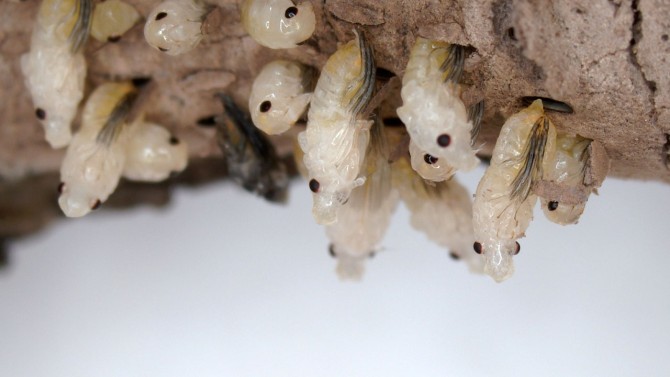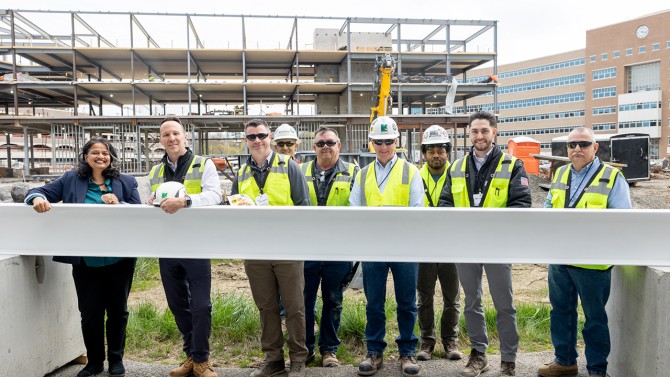A number of safety advisories and directives have been released, or have come into effect, since a UH-1H ‘Huey’ accident in northern Tasmania in 2022 where the helicopter’s main KAflex drive shaft failed.
On 14 February 2022, a Huey helicopter collided with terrain after losing main rotor drive during waterbombing operations over the Labrina bushfire north of Launceston.
An Australian Transport Safety Bureau investigation found the engine-to-transmission main KAflex drive shaft had partially failed, likely due to the fracture of a flex frame attaching bolt, or a flex frame element during flight.
“This initial failure resulted in the KAflex entering fail-safe mode, which allows for a short period of continued flight, but necessitates landing as soon as possible,” ATSB Director Transport Safety Stuart Macleod explained.
With the KAflex in fail-safe mode, the pilot jettisoned the water from the underslung bucket and diverted toward clear ground but, while the helicopter was descending, the KAflex failed completely, resulting in instantaneous loss of drive to the rotor system.
“Following the loss of main rotor drive, the pilot was unable to complete a survivable autorotative descent and landing, probably due to a critical reduction in main rotor speed,” Mr Macleod said.
The helicopter collided with the ground in a paddock, and was destroyed. The pilot was fatally injured.
During its investigation, the ATSB issued a safety advisory notice to all UH-1H operators, advising them of the details of the accident and to look for evidence of defects in the KAflex driveshaft of their helicopters, if fitted.
Also since the accident the Civil Aviation Safety Authority has updated a previously-released Airworthiness Bulletin, on the subject of pre-flight inspection requirements for the KAflex drive shaft.
Meanwhile, a US Federal Aviation Administration airworthiness directive is now in effect, requiring operators to replace KAflex drive shafts beyond 5,000 hours of use, or where flight hours are unable to be verified.
“A rapid increase in vibration or noise from the transmission area – significantly the commencement of a distinct ‘howling’ or ‘shrieking’ – may signify the KAflex has entered fail-safe mode, and could imminently fail,” Mr Macleod said.
“Pilots should land as soon as possible on detection of such symptoms.”
Mr Macleod said the accident was also a reminder to UH-1H helicopter pilots, operators and maintainers that fatigue cracking can occur on critical flight components.
“Particular vigilance should be applied during the daily or pre-flight inspections of the main transmission driveshaft because it represents an important opportunity to detect for defects such as cracks, and to identify evidence of loose or missing attachment hardware.”
You can find here the report: Drive shaft failure and loss of control involving Garlick Helicopters UH-1H, VH-UHX, 36 km north of Launceston, Tasmania on 14 February 2022








